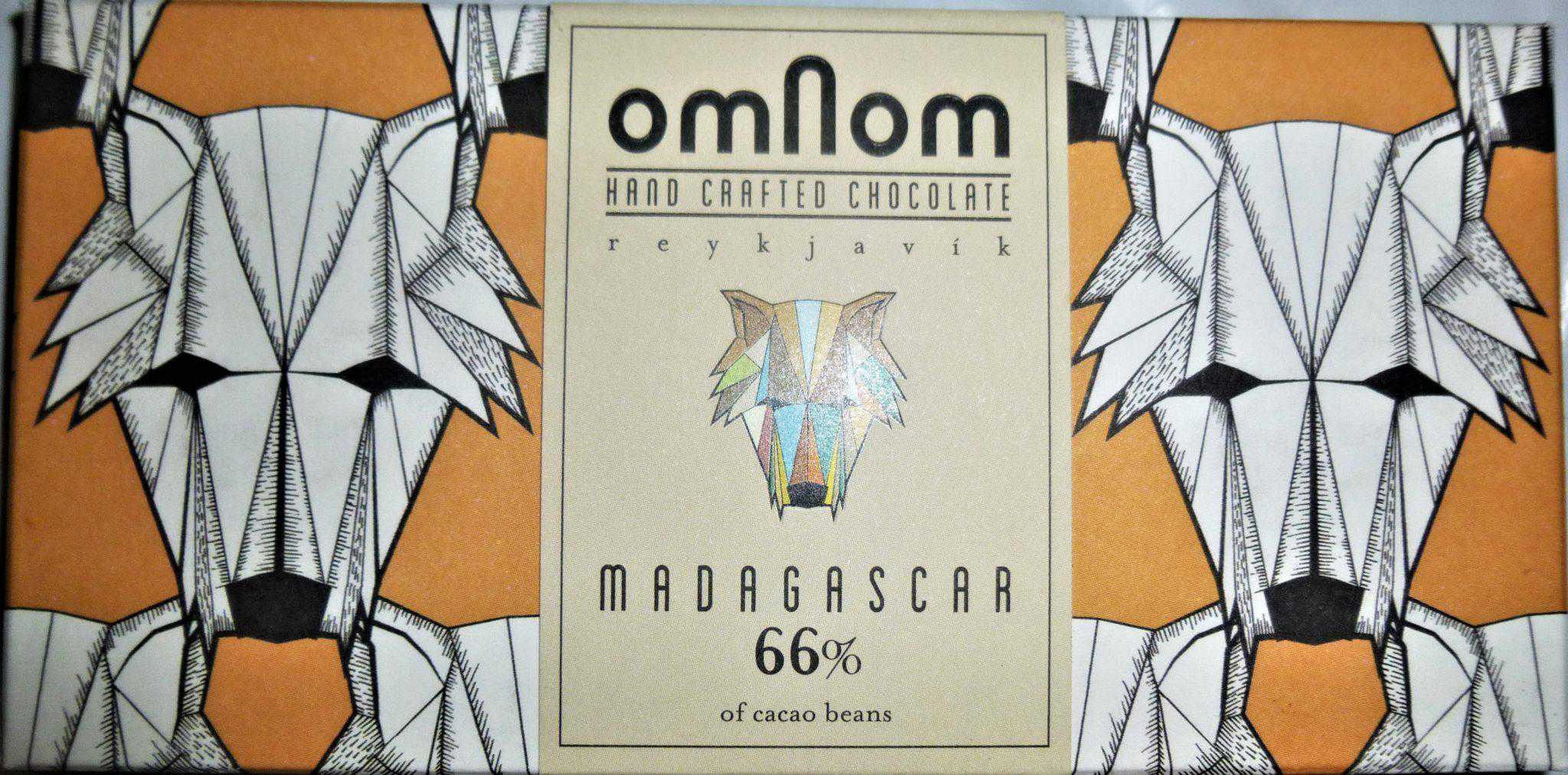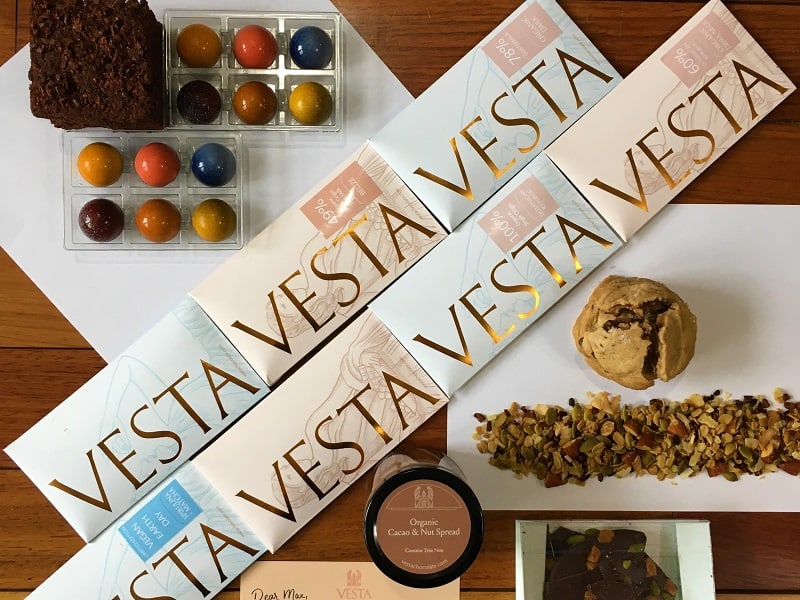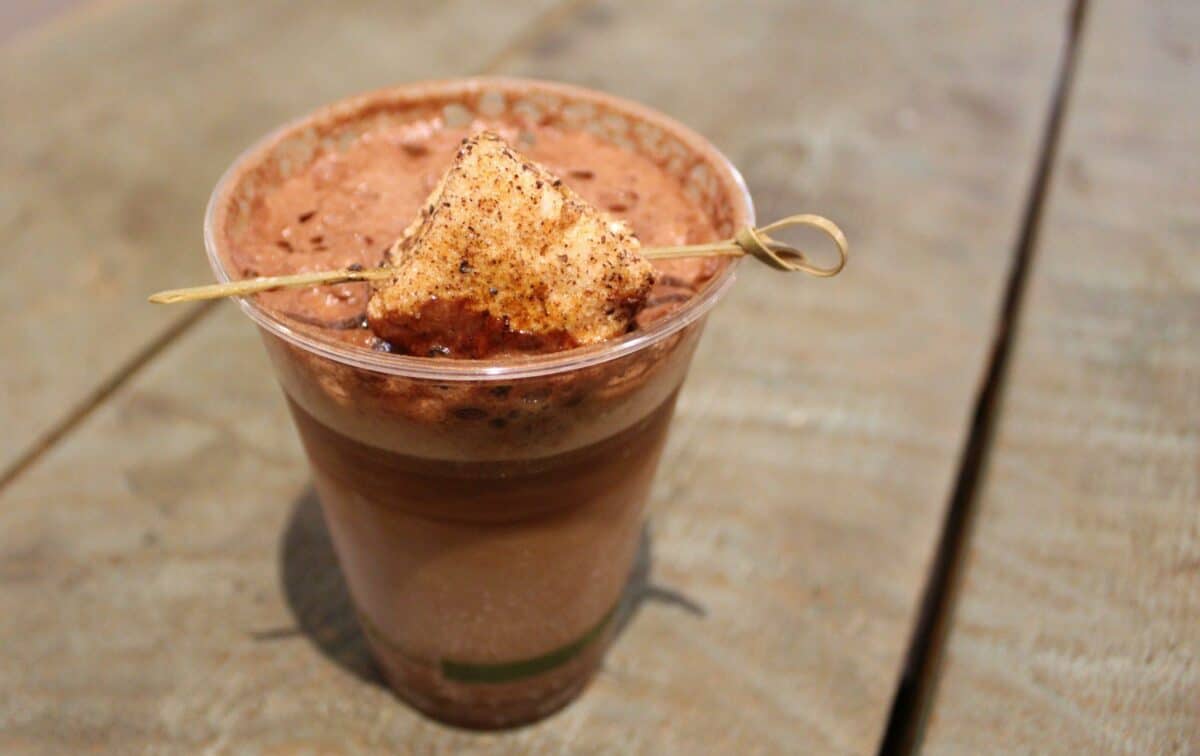Podcast: Play in new window | Download
"Every single craft chocolate maker in the United States could say 'we want to buy cocoa from Ghana and [the] Ivory Coast,' and it would be like the tiniest droplet in the humongous ocean that is cocoa in West Africa."
-Dr. Kristy Leissle, Author of COCOA
A series of articles published a half decade ago, at the end of 2014, sparked a series of half-jokes and serious questions about the world’s cacao supply— namely, will it taper off and disappear by 2050? It seems unlikely that cocoa could go extinct in thirty years. But I wanted to explore the idea which sparked this cocoa frenzy, and caused more cacao to be planted than you can even imagine.
What are the factors which could cause a chocopocalypse, and how are we dealing with them now? Do these factors vary by region, or are Asian cacao and African cacao existing on separate planes? To find some answers to these questions, I spoke with a cocoa researcher, a chocolate maker, and a cacao conservationist. Today's episode (the last of Season 2!) asks how we can avoid the end of chocolate as we know it, or if we even can.
To read an article related to this episode, click here.
Topics We Cover
- the problems faced by farmers in major cocoa-cultivating regions of Africa, Asia, and the Americas
- how cocoa quality has improved over the last half decade
- what the current cacao market looks like, and what this could mean for farmers
- the effects of climate change upon cocoa farms around the world
- how & which prices drive farmers to plant or destroy cacao trees
- the problems we seem to think craft chocolate could solve
Show Timeline
0:00-4:55~ Episode introduction to cacao growing regions and the atmosphere on a cacao farm, as well as the potential downfalls of cacao as a species.
4:55-15:10~ The increased quality of cacao from the Americas in recent years, and the meager returns for farmers. (Jan Schubert)
15:10-29:40~ Stories other people want to tell about African cocoa, how craft chocolate has affected West African farmers, and what effects climate change has already brought about on Ghanaian cocoa farms. (Kristy Leissle)
29:40-41:00~ How compound chocolate has both fed & stalled Asian chocolate consumption, and what the future of Asian cacao cultivation hinges upon. (Wilfred Ng)
41:00-43:09~ Final words on the future of cocoa cultivation around the world, and the one factor which could make all the difference. Also, the end of the episode.

More About Our Guests
Dr. Kristy Leissle: Ghana-based cocoa researcher, and Lecturer in the Global Studies department at the University of Washington-Bothell, Kristy Leissle is also the author of the book COCOA. Check out her Website, Instagram, and book.
Jan Schubert: Conservation Cacao Leader for Amsterdam-born Original Beans Chocolate's conservation projects in Latin America. Check out Original Beans' Facebook, Instagram, and Website.
Wilfred Ng: Cacao Sourcer & Owner of Benn's Ethicoa, a bean to bar chocolate maker in Selangor, Malaysia. Check out Benn's Facebook, Instagram, and Website.
Further Reading
- Some of the articles sensationalizing cacao's "extinction" are here, here, and more recently here
- Episode 13 of this show, on Why We Buy Craft Chocolate
- What is compound chocolate?
- Why palm oil sucks
- Read Dr. Kristy Leissle's book, COCOA
- Listen to another fascinating interview with Dr. Kristy Leissle on the Unwrapped Podcast
Connect With Chocolate On The Road
On Instagram: @chocolateontheroad
On Facebook: @chocolateontheroad
Show music is Roadtrip by Phil Reavis, and our transition music is We’re Gonna Be Around by People Like Us & Multiple songs by Lobo Loco.

















Joey Musacchio
I love Freddy(Costa Esmeraldas). I agree that in Africa it would be hard to see high prices for cocoa due to which type is grown for the monopolies of industrial cacao. I find most places that I've communicated with, the farmers themselves say; they sell for higher prices than just "bulk cacao" even after certification they say they make more by selling for a higher price. One problem is that it isn't hugely higher(marginal increases [not 2-3x]) considering how much is yielded compared to the bulk cacao types yield which are greater. Getting better processes of fertilization of cacao flowers by humans supplementing the natural insects is one scientific method farmers need to make strides in. I think that scientific methods of pollination of cacao flowers by humans, controlling the situation and environment as much as possible, is needed by farmers to increase yields on "flavored" cacao farms. I think this is one key to increasing yields and thus profits for fine cacao farmers.
I imagine that all experiments to see which cacao can self-pollinate and which can't have been preformed on the types growing on a farm before the tree is starting to bloom and people from the surrounding village will gather to help pollinate the flowers, as a job for a couple days, so there can be as many of those beautiful pods ready,... months down the road... can reality be molded by imagination? People need training to do it though and I'm unsure the scientific community is doing much research into physical augmentation of pollination by cacao farmers in tandem with midges and other insects. Insecticides are another problem that create instability when insect populations needed to pollinate cacao flowers are low due to spraying of these products, resulting in lower yields. In Africa, soil degradation in some regions mustn't help much.
Max
That's a good point, Joey. Even simply increasing the number of existing pollinators on farms could make a difference, if farmers could figure out how to take more control over those processes (& decrease the amounts of insecticides being used. I'm not sure how feasible such large community projects might be, but it could be worth considering in smaller villages!